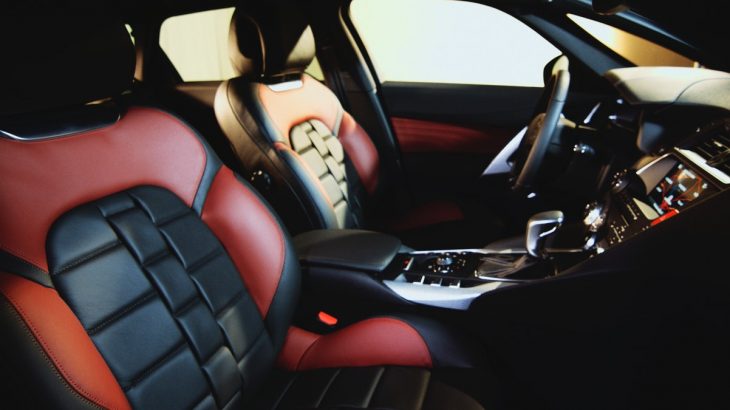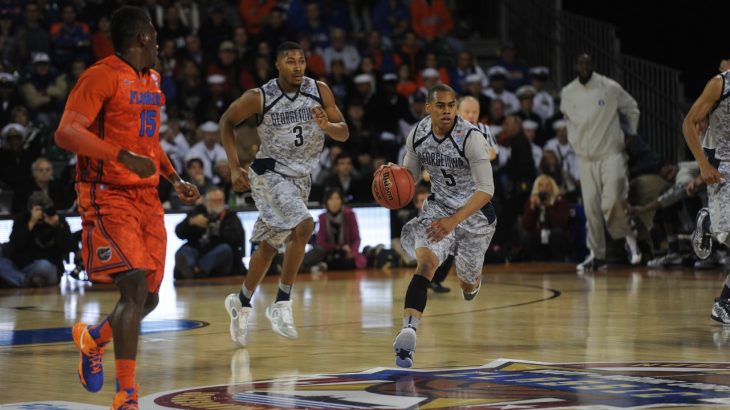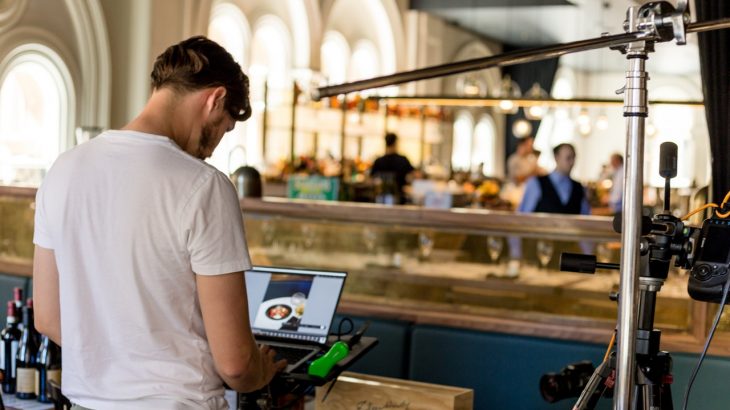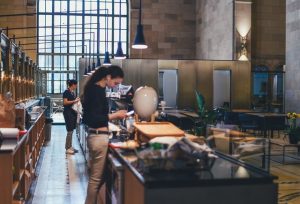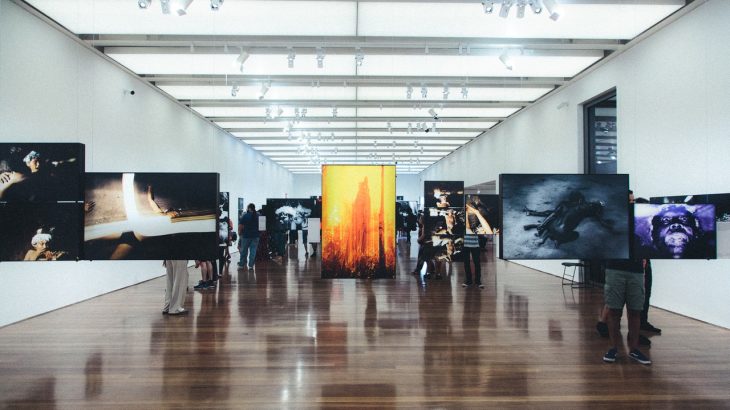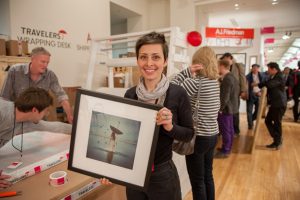When homeowners consider long-term protection, two improvements often come to the forefront: gutter guard installation to keep water flowing freely and bird proofing to prevent unwanted visitors from nesting where they don’t belong. These steps may seem small, but together they create a shield that helps preserve the structure, appearance, and value of a property.
A home is constantly exposed to the elements. Rain, wind, and falling debris all conspire to create gradual wear, while wildlife sometimes adds an extra layer of challenge. The roofline, in particular, becomes a frontline defence against these pressures. By making considered upgrades in this area, homeowners can reduce future maintenance, avoid costly repairs, and feel more confident that their living space will remain safe and secure.
One of the key concerns in maintaining a roofline is water management. Roofs naturally channel rainfall into gutters, but without proper upkeep, blockages occur. Leaves, twigs, and airborne dirt accumulate in these channels, gradually slowing the water flow over time. Once gutters clog, water spills over the edges, runs down the walls, and seeps into the foundations. What starts as a trickle can eventually erode garden beds, create damp spots inside walls, and even compromise structural stability. Preventing this chain of events begins with consistent attention to the condition of gutters.
Equally important is recognising the impact of wildlife. Birds searching for a safe nesting place often settle under eaves or in roof cavities. While they may seem harmless, their presence can cause lasting problems. Nesting materials block drainage points, droppings stain surfaces, and persistent activity damages insulation or wiring. Over time, these issues extend beyond inconvenience, entering the realm of serious health and safety concerns. Taking steps to deter wildlife from settling in roof areas is an investment in both peace of mind and property care.
Once these challenges are understood, the benefits of upgrading become clear. A home that actively prevents debris buildup and wildlife intrusion is easier to maintain, cleaner in appearance, and less vulnerable to hidden damage. Owners can shift from reactive repairs to a more proactive approach, ensuring that issues are addressed before they escalate into crises. This shift often means fewer emergency call-outs, lower maintenance bills, and a stronger sense of control over household upkeep.
It is also worth considering lifestyle improvements that result from these upgrades. Clean gutters mean fewer weekends spent climbing ladders with a bucket and gloves. Reduced risk of water overflow makes garden areas tidier, while fewer stains appear on exterior walls. Deterrents for birds mean less noise, fewer feathers scattered around outdoor living spaces, and reduced exposure to health risks associated with droppings. Together, these changes elevate the everyday experience of living in the home.
From a financial perspective, preventative measures almost always pay off. Properties with well-maintained exteriors present better to buyers and often command higher valuations. Prospective buyers notice signs of neglect quickly—overflow stains, rotting fascia boards, or the flutter of wings from under an eave can raise doubts about the property’s overall condition. In contrast, a home that shows evidence of careful upkeep reassures buyers that it has been cared for responsibly. This perception can translate directly into stronger offers.
Another important aspect is safety. Climbing ladders to clear debris or shoo away birds can be hazardous, particularly for older homeowners or those without experience. By addressing these issues through lasting solutions rather than ongoing manual intervention, residents reduce their risk exposure. Fewer trips up ladders mean fewer chances for accidents, allowing property care to remain a background concern rather than a recurring physical challenge.
For many households, environmental impact also plays a role. Blocked gutters sometimes result in standing water that becomes a breeding ground for mosquitoes and other insects, increasing the reliance on chemical treatments. Bird activity often requires the use of cleaning products to manage droppings and odours. When problems are prevented in the first place, the need for these responses diminishes, making the household friendlier to both people and the surrounding environment.
Aesthetic appeal should not be overlooked either. The exterior of a home sets the tone for how it is perceived by visitors, neighbours, and even the people who live inside. Overflowing gutters or bird nests protruding from rooflines suggest neglect, while clean, well-defined edges create a picture of order and care. This sense of pride in presentation extends beyond the property itself, contributing to the overall look of the street and community.
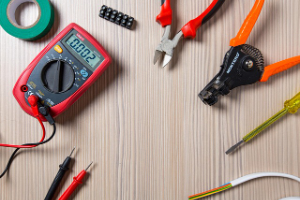
Homeowners exploring their options should approach upgrades with care and thoughtfulness. Every house has unique characteristics—roof pitch, surrounding trees, local wildlife populations, and exposure to storms all influence what measures will work best. Seeking professional advice ensures that chosen solutions are tailored, effective, and installed with the skill required for lasting performance. Experienced providers not only handle installation but can also highlight potential vulnerabilities that might otherwise go unnoticed.
Once in place, these improvements require very little attention. Periodic inspections to confirm that systems remain intact and effective are typically sufficient to keep them functioning smoothly for years. This minimal upkeep allows homeowners to focus on enjoying their property rather than constantly worrying about hidden problems. It is a form of quiet assurance: the knowledge that the unseen details of the home are working silently in the background, protecting everything beneath them.
In the broader context, investing in preventive measures is about more than just physical structures. It is about creating a space where families can feel secure, comfortable, and free from unnecessary stress. A house is not just walls and a roof; it is a place where life unfolds. Protecting it with smart, lasting upgrades honours that role, ensuring that it continues to provide shelter and stability long into the future.
By choosing to enhance the roofline, homeowners step into a cycle of care that rewards them year after year. Fewer repairs, stronger property values, improved safety, and enhanced everyday comfort all follow naturally from the decision. It serves as a reminder that, in homeownership, as in many things, a little prevention truly goes a long way.

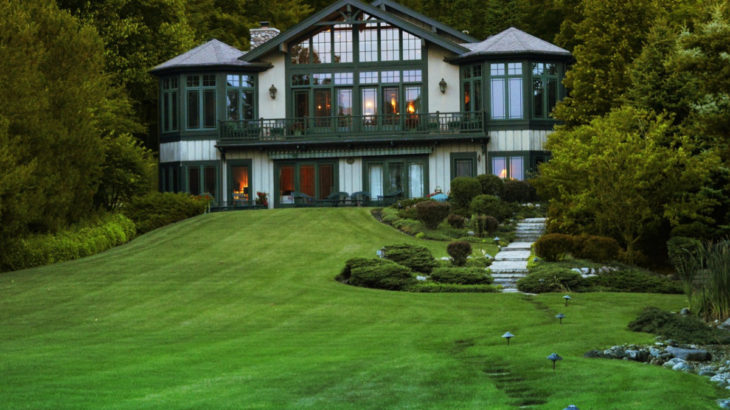
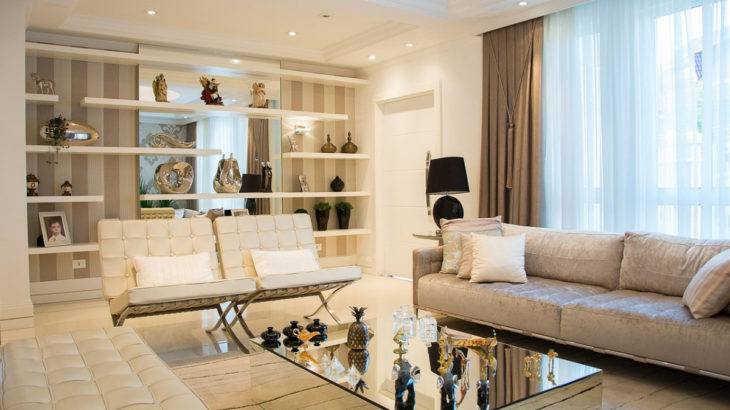
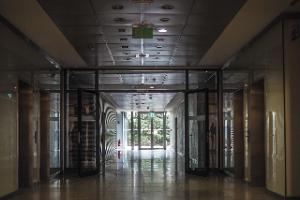


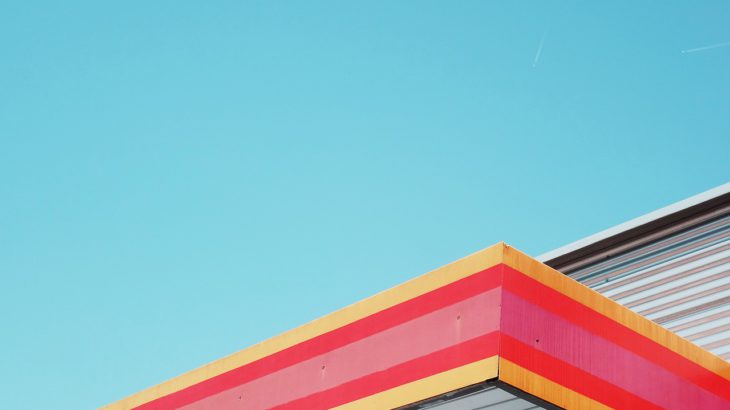


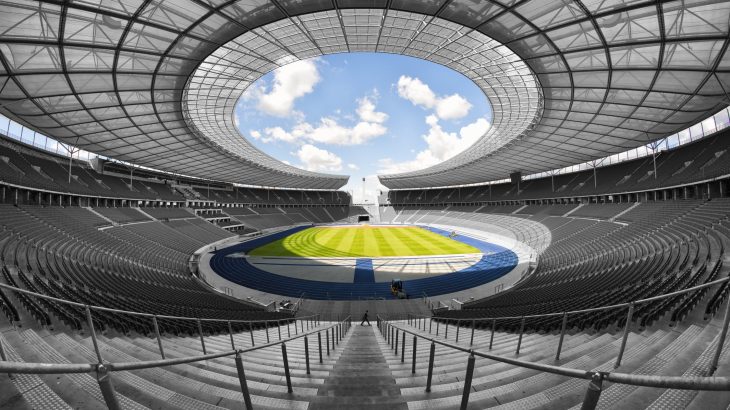

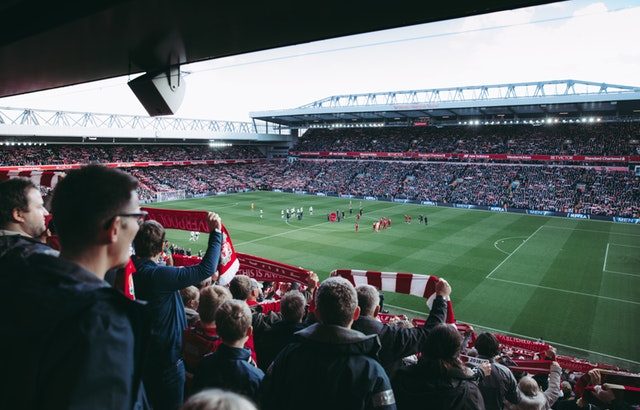


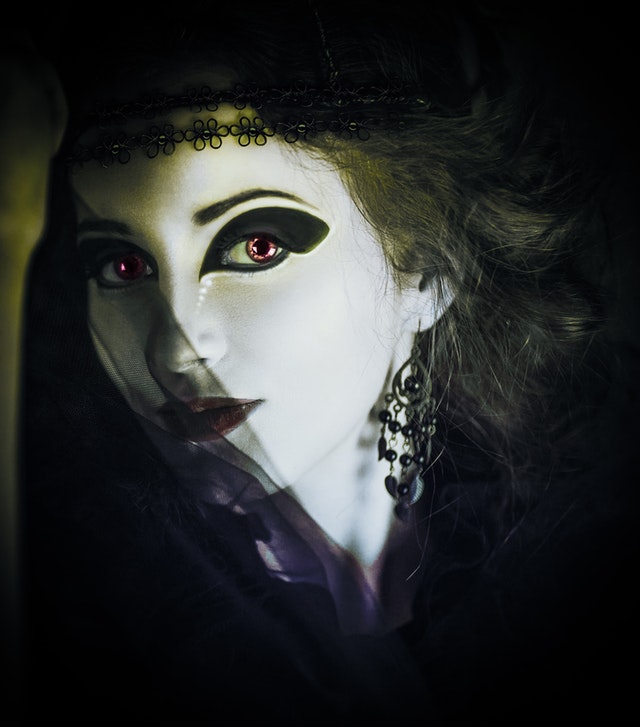
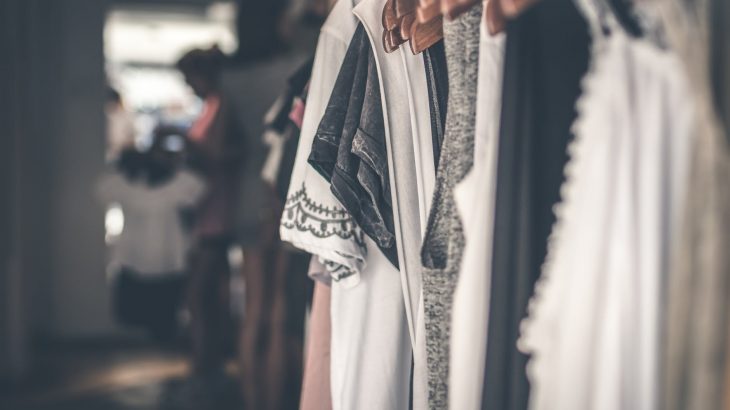
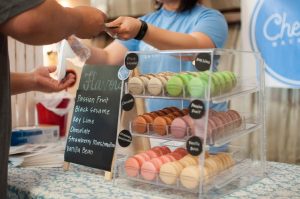

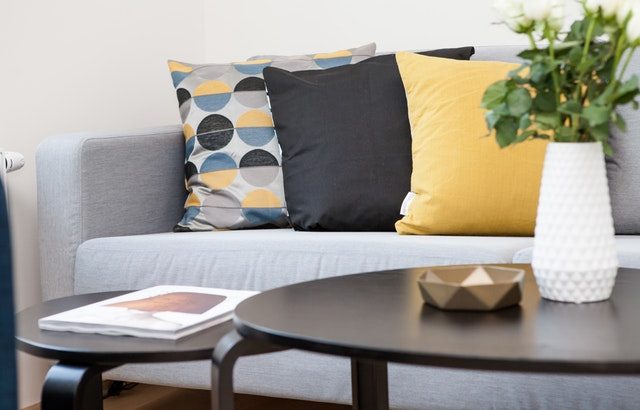
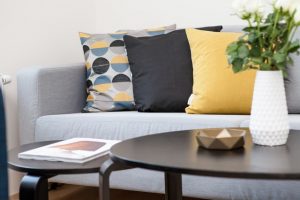



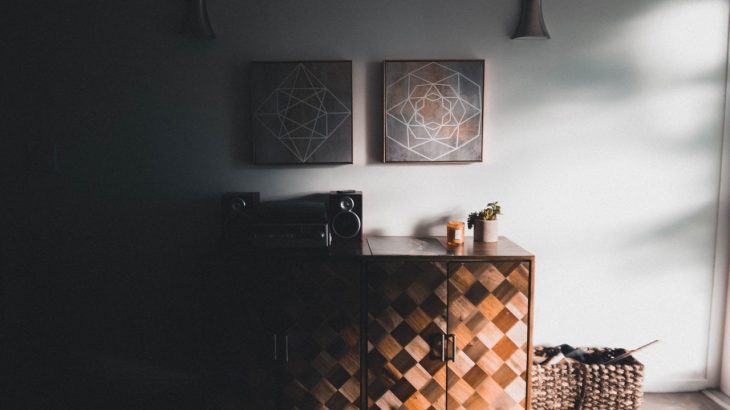
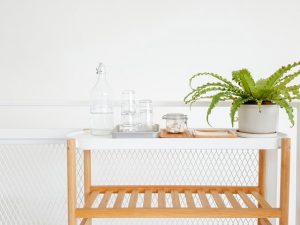
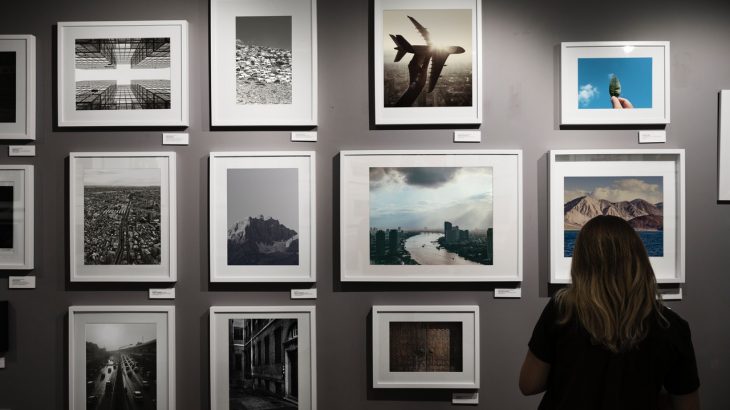
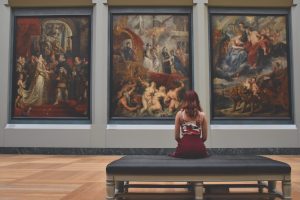 Like it or not, you must have a resume listing your artistic accomplishments available to the public when you’ve got an
Like it or not, you must have a resume listing your artistic accomplishments available to the public when you’ve got an  In my view, one of the worse reactions somebody can have when viewing your artwork is to say, “I love the frame that you put on this bit.” Thank you, but did you happen to observe the painting in the center of the frame? If that’s ever happened to you, do not blame the viewer, but begin reconsidering your framing options. The frame you choose should present your work without drawing attention. In my view, you should not waste your money or time picking a mat or frame as you think it looks impressive.
In my view, one of the worse reactions somebody can have when viewing your artwork is to say, “I love the frame that you put on this bit.” Thank you, but did you happen to observe the painting in the center of the frame? If that’s ever happened to you, do not blame the viewer, but begin reconsidering your framing options. The frame you choose should present your work without drawing attention. In my view, you should not waste your money or time picking a mat or frame as you think it looks impressive.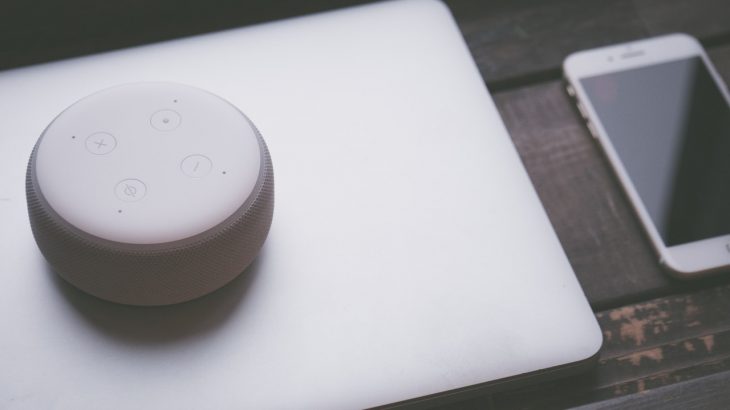

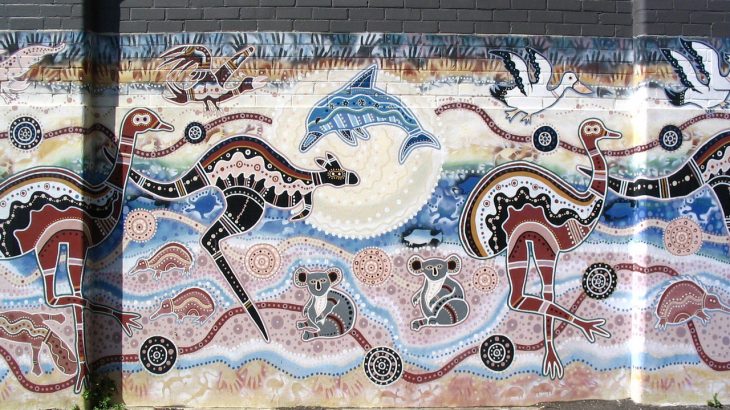
 It had been mid-2015 and Marc believed the cavernous warehouse’s rooms, with their towering red gum beams, exposed wood joists and concrete flooring, had too much character to be kept behind closed doors.
It had been mid-2015 and Marc believed the cavernous warehouse’s rooms, with their towering red gum beams, exposed wood joists and concrete flooring, had too much character to be kept behind closed doors.